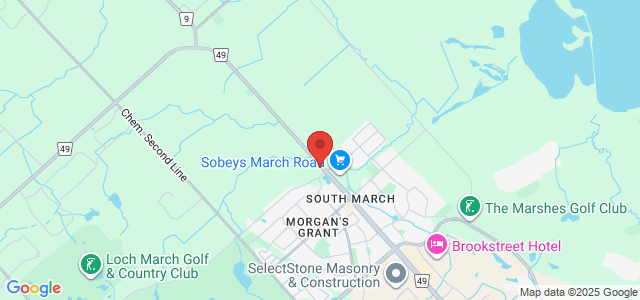 Breast augmentation can add volume, restore fullness, and improve the shape of the breasts, allowing women to feel confident and secure in their appearance. There are many decisions to make when considering breast augmentation, one of which is incision type. Breast augmentation may be performed using different approaches, each with its own advantages and disadvantages. Many women who are interested in breast augmentation, but wish to avoid scarring on the breasts, choose the transaxillary incision technique. To find out if the transaxillary breast augmentation incision technique, is right for you, schedule a consultation with Ottawa, ON plastic surgeon Lloyd Van Wyck.
Breast augmentation can add volume, restore fullness, and improve the shape of the breasts, allowing women to feel confident and secure in their appearance. There are many decisions to make when considering breast augmentation, one of which is incision type. Breast augmentation may be performed using different approaches, each with its own advantages and disadvantages. Many women who are interested in breast augmentation, but wish to avoid scarring on the breasts, choose the transaxillary incision technique. To find out if the transaxillary breast augmentation incision technique, is right for you, schedule a consultation with Ottawa, ON plastic surgeon Lloyd Van Wyck.
What Is the Transaxillary Breast Augmentation Incision Technique?
The transaxillary incision technique is one of few techniques for placing breast implants to avoids scarring on the breasts. When the transaxillary approach is used, an incision is made in each underarm rather than on the breast itself. Incisions are made within the natural folds of the underarms to help mask any scarring.
During breast augmentation using the transaxillary technique, a path is created from the incision in the underarm to the breast. A pocket is then created within the breast to house the implant. This pocket can be made behind the breast tissue, for subglandular placement, or beneath the pectoral muscle, for submuscular placement. The breast implants can then be placed through the transaxillary incision and into the breast pocket. Once the implants are properly positioned, the incisions can be sutured closed.
Recovery after Transaxillary Breast Augmentation
In general, patients who have undergone breast augmentation using the transaxillary incision technique are able to return to their normal routine within a week's time, but should wait for their surgeon's approval before attempting heavy lifting or strenuous activity. Patients should expect to feel some pain and discomfort after surgery; this can be managed with pain medication as prescribed by your doctor. Swelling and bruising cab also be expected as the breast tissues adjust to the newly placed implants.
The Advantages of the Transaxillary Incision Technique
Women who are interested in undergoing breast augmentation may want to consider the transaxillary incision technique for the following advantages.
- No visible scarring on the breasts: Breast augmentation performed using the transaxillary incision technique eliminates the need for incisions on the breast itself, preventing any visible scarring on the breasts. Instead, scars are hidden within the folds of the underarm, where they're unlikely to be seen.
- Decreased risk when breastfeeding: Women who would like to breastfeed at some point after breast augmentation may want to consider the transaxillary incision technique because it poses less risk to the mammary glands since incisions are made within the underarm.
The Disadvantages of the Transaxillary Incision Technique
The transaxillary incision technique carries some disadvantages to be aware of when choosing the right approach for your needs. These disadvantages include:
- Hand or arm nerve damage: In rare cases, hand or arm nerve damage may occur. Although generally temporary, some may suffer permanent nerve damage.
- Breast asymmetry: Achieving breast symmetry is slightly more challenging using a transaxillary incision. Choosing a skilled surgeon can reduce the risk of breast asymmetry.
- Incision cannot be reopened for revision: Transaxillary incisions cannot be reopened if implant revision is needed. Instead, a second incision will be required.
Schedule a Consultation
For answers to your questions about breast augmentation, we encourage you to schedule a consultation with Dr. Van Wyck.

